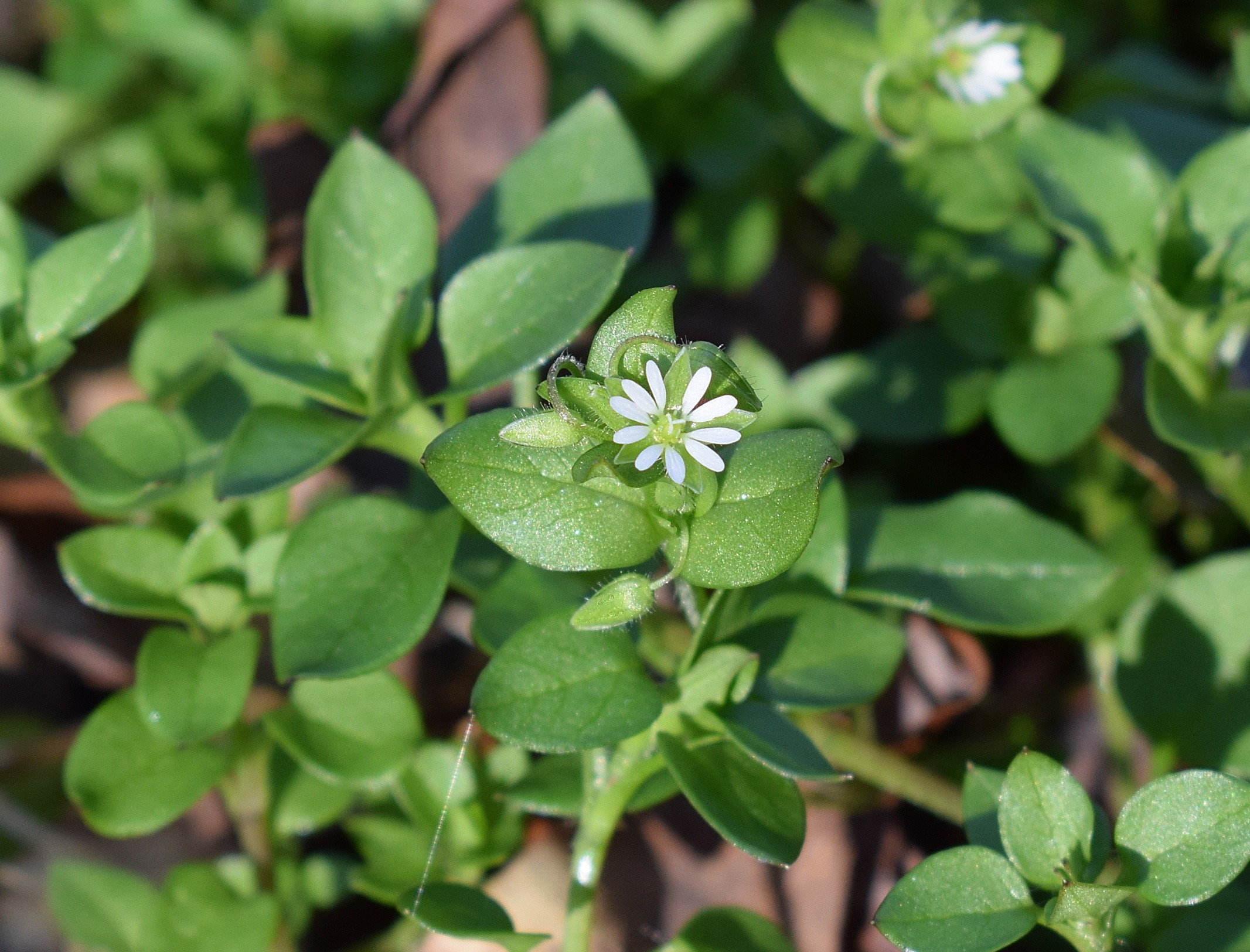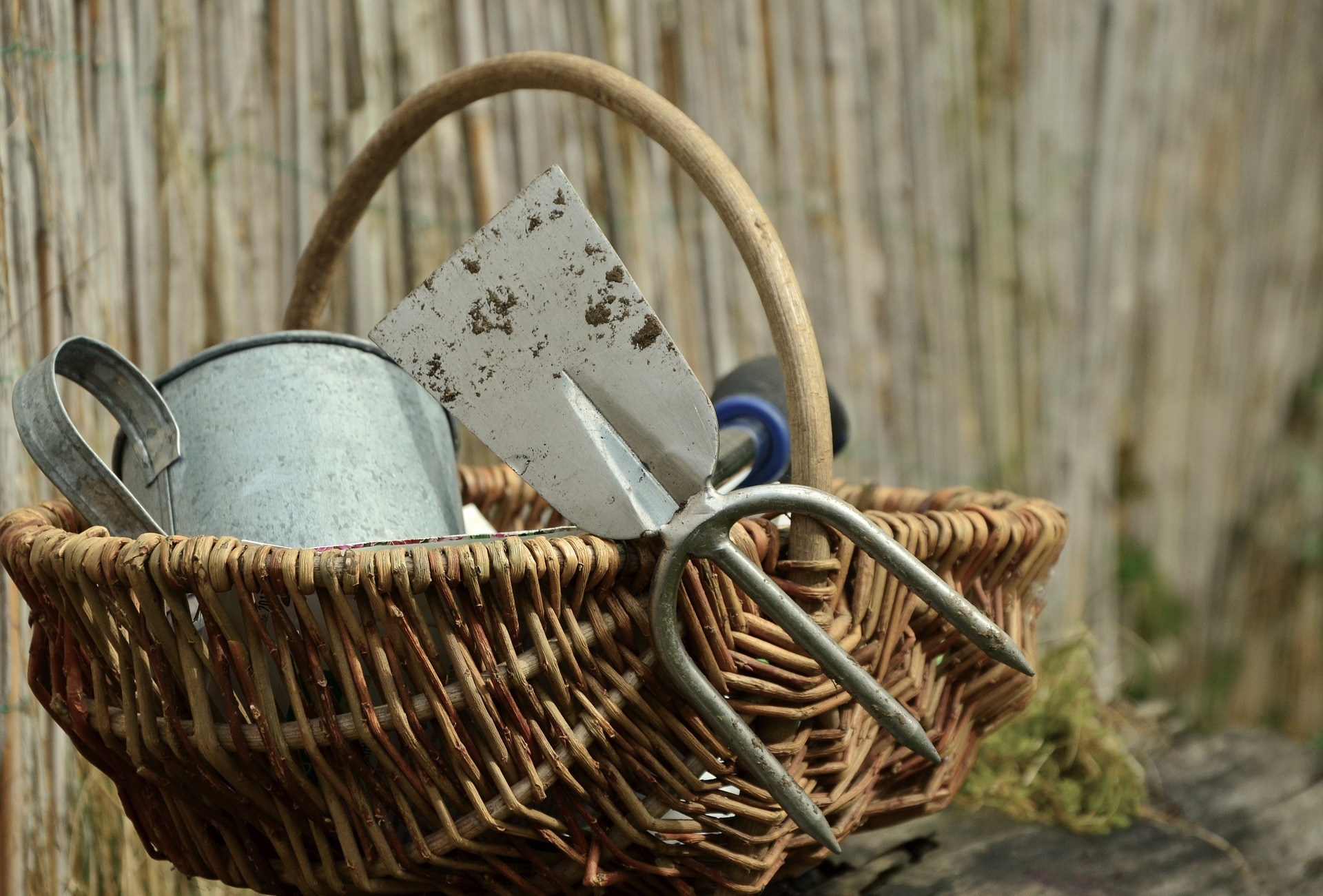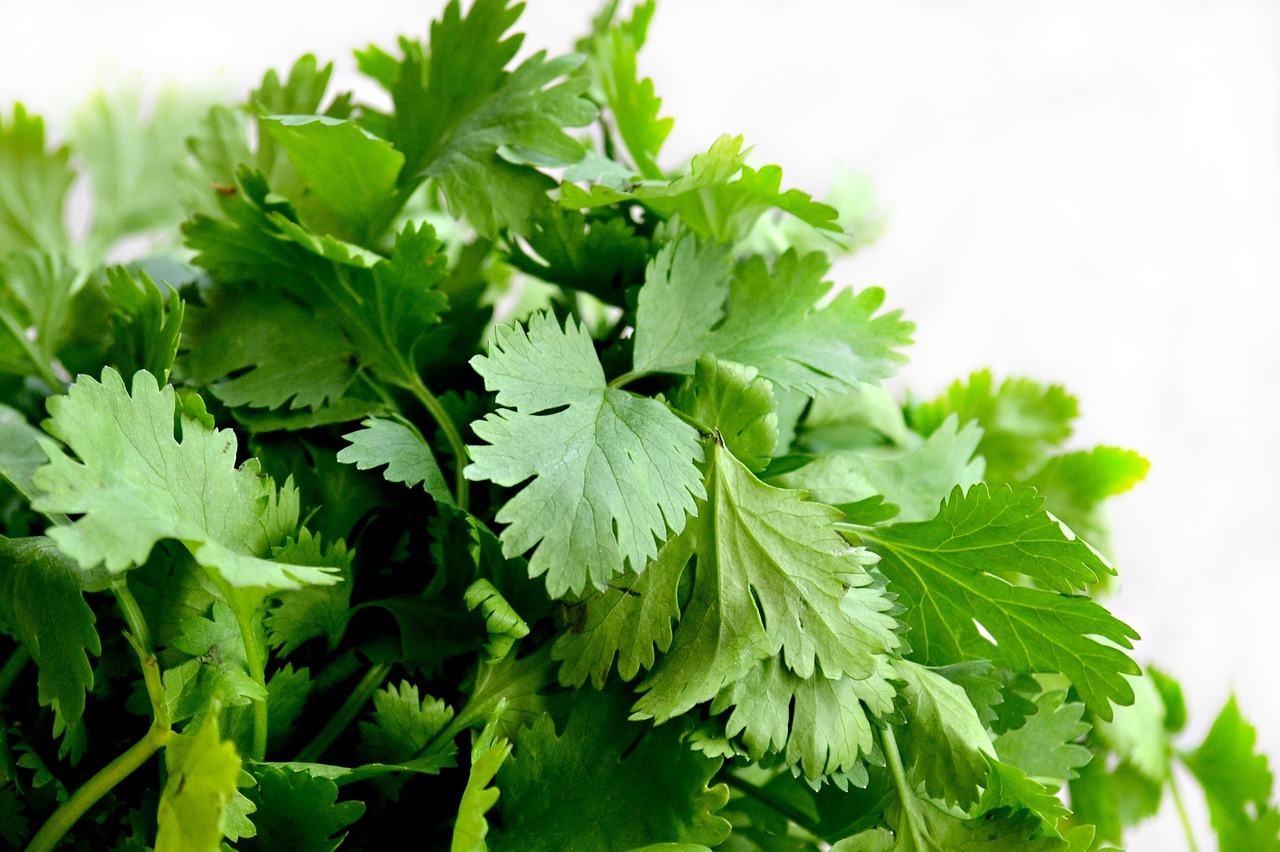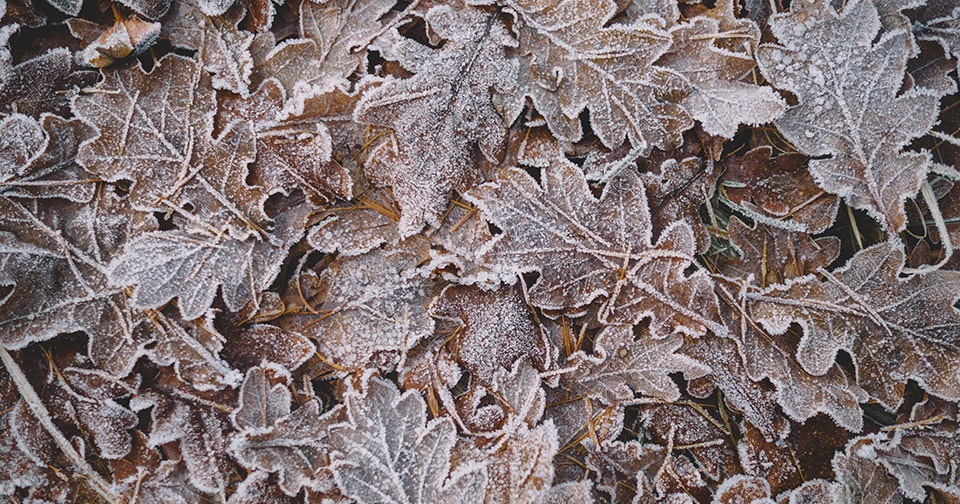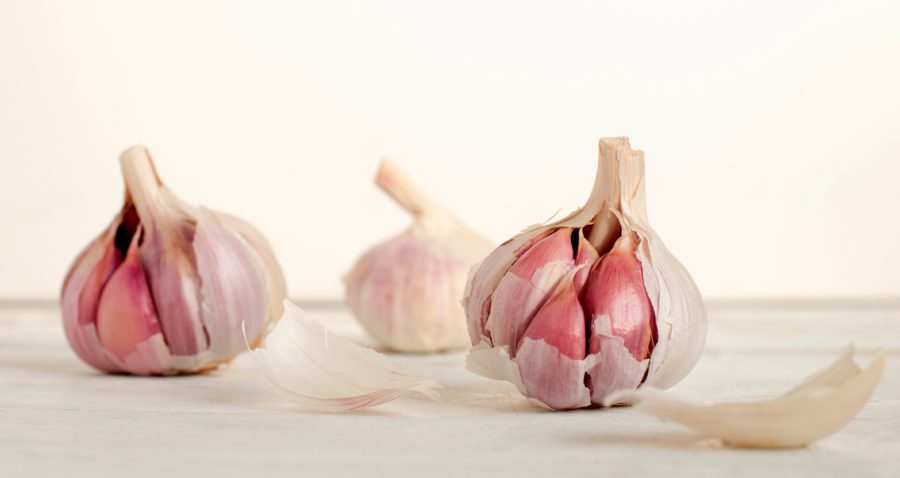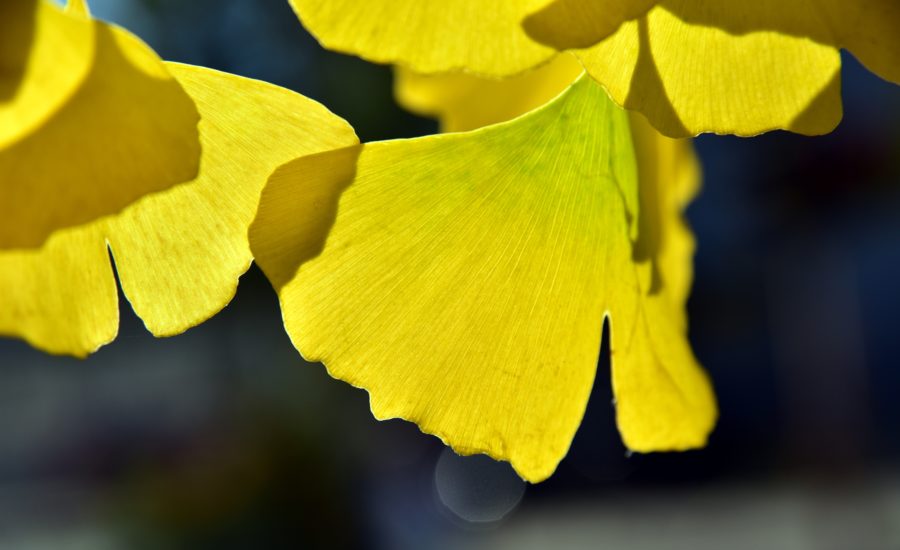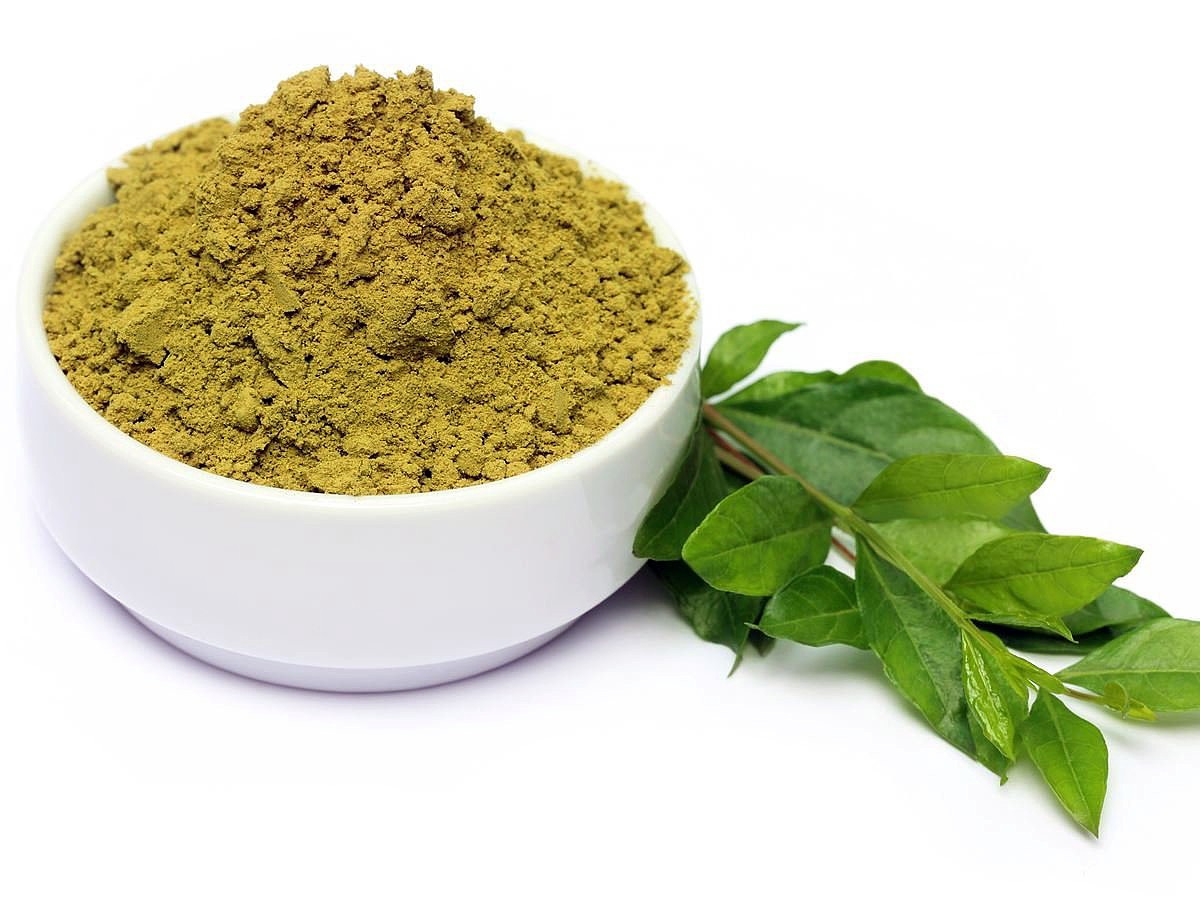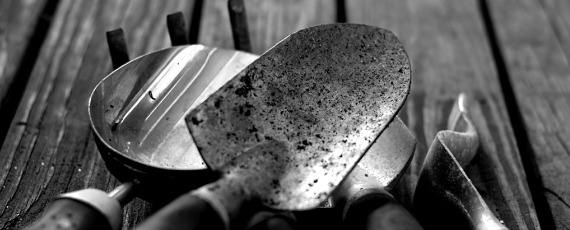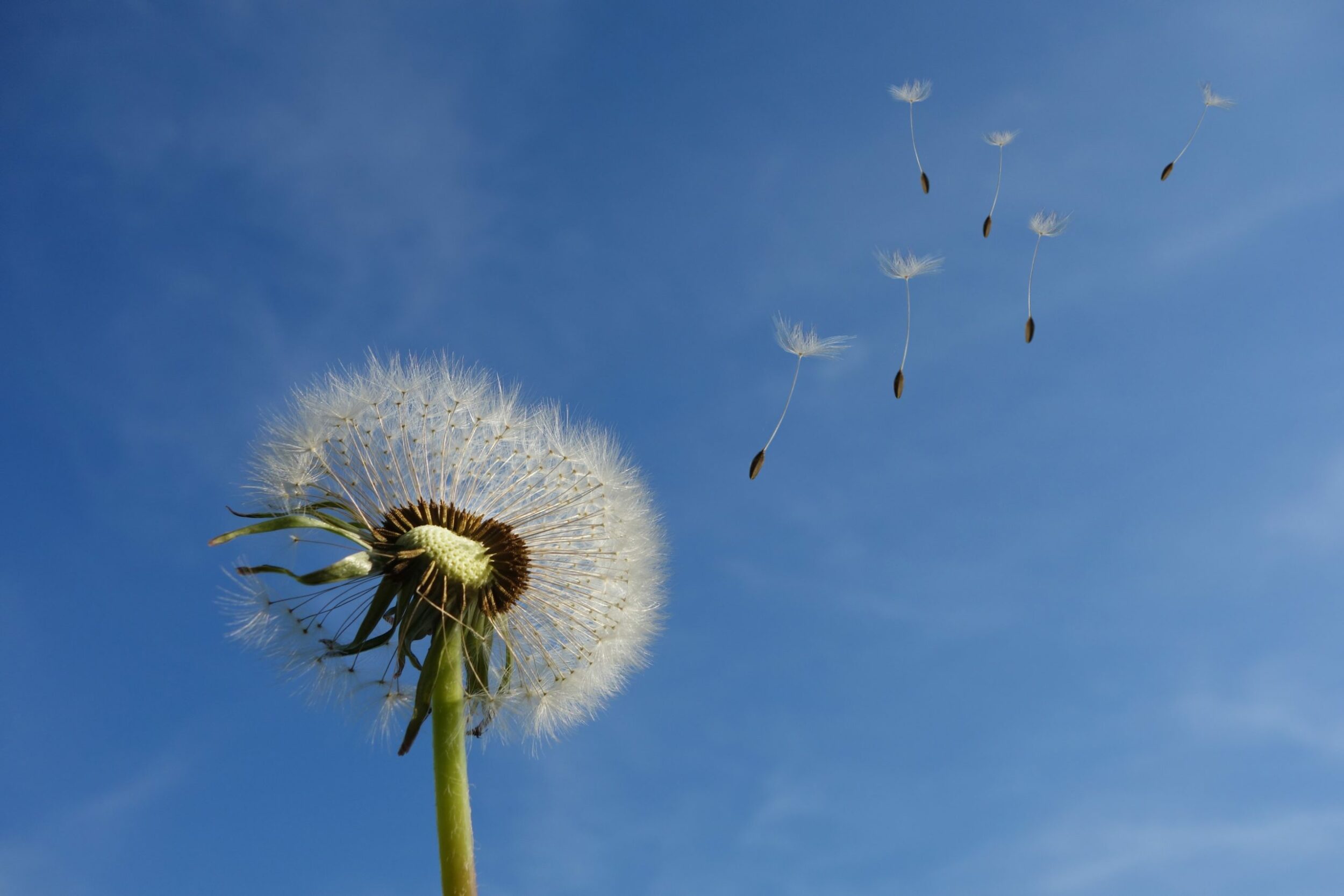Fruit & Vegetables, Lawns, Monthly Tips & Tasks, Winter Gardening
We have now had some good frosts that have cut back many plants in the garden so it is a good idea to lift some of them to overwinter. Plants that benefit are dahlias, begonias (tuberous and fibrous types) and some perennials.The pruning of fruit trees and roses may now be completed and they can also be given their Winter sprays. These tasks are best done on a fine sunny day.Green houses should be washed, disinfected and any repairs completed in readiness for the start of Spring.All crop residue should now be removed from the garden or green house and either composted or disposed of.Prunings from the garden I shred up and add to the compost heap. My heap is protected from the wet and cold and turned over two or three times to ensure good quality compost is available for digging in later.New season fruit trees are now arriving in the garden centres. Make sure you get in early for the best trees.Strawberries and cane fruits can be planted now. It’s a good idea to try and get cultivars that will fruit at different times to achieve a longer harvest time ( ie. early, mid season and late types).Spring bulbs will be starting to emerge through the ground so be careful when weeding not to damage the shoots.If you have a heat bench or pad you can start sowing some early seeds to be ready for early plantings. Do remember the days are still short though and even with additional heat plants will take longer to grow now than in the Springtime.Early potatoes can now be sprouted (chitted) ready to plant in a few weeks in a well protected part of the garden.New season roses are also becoming available, make sure you get in early as some of the new introductions sell out very fast.
